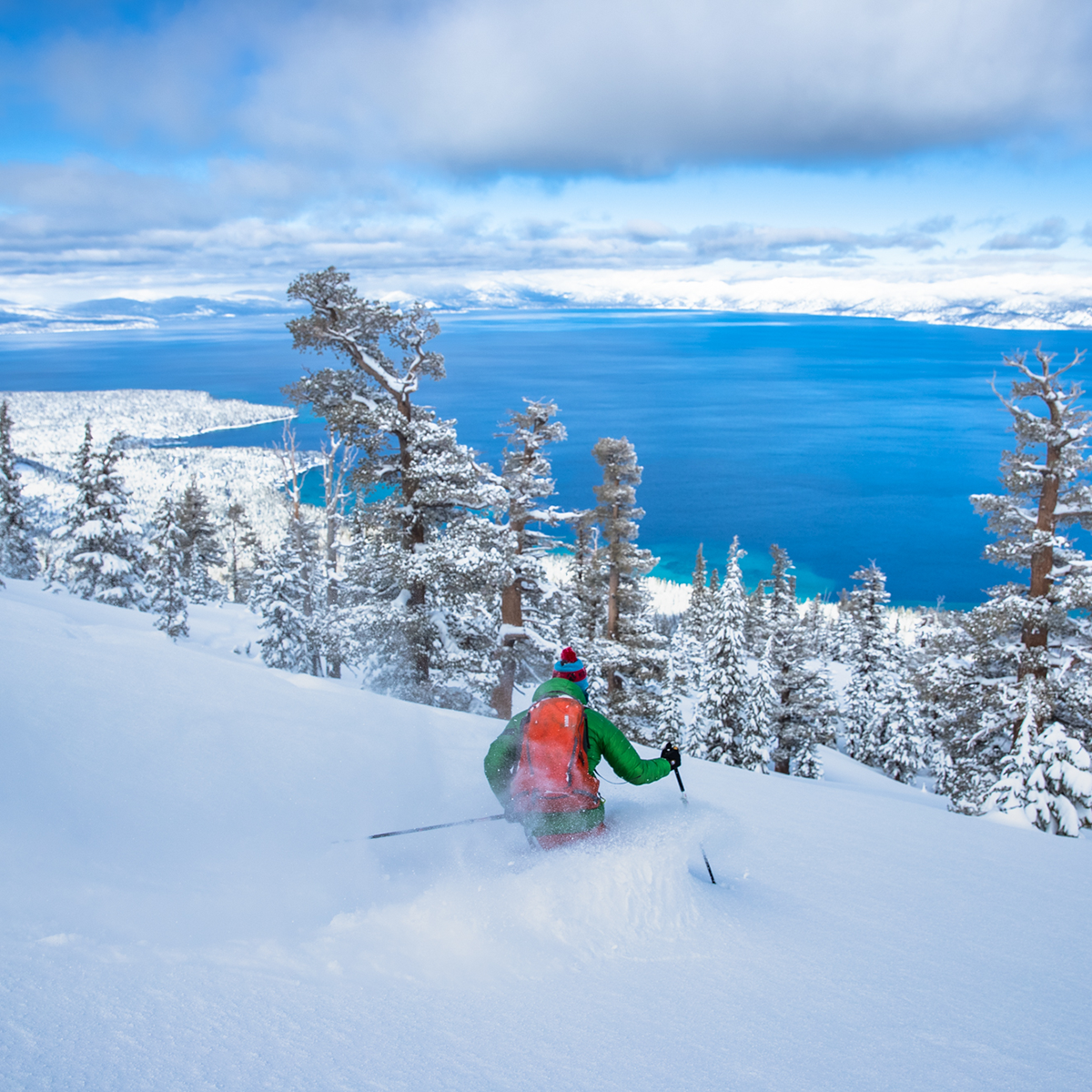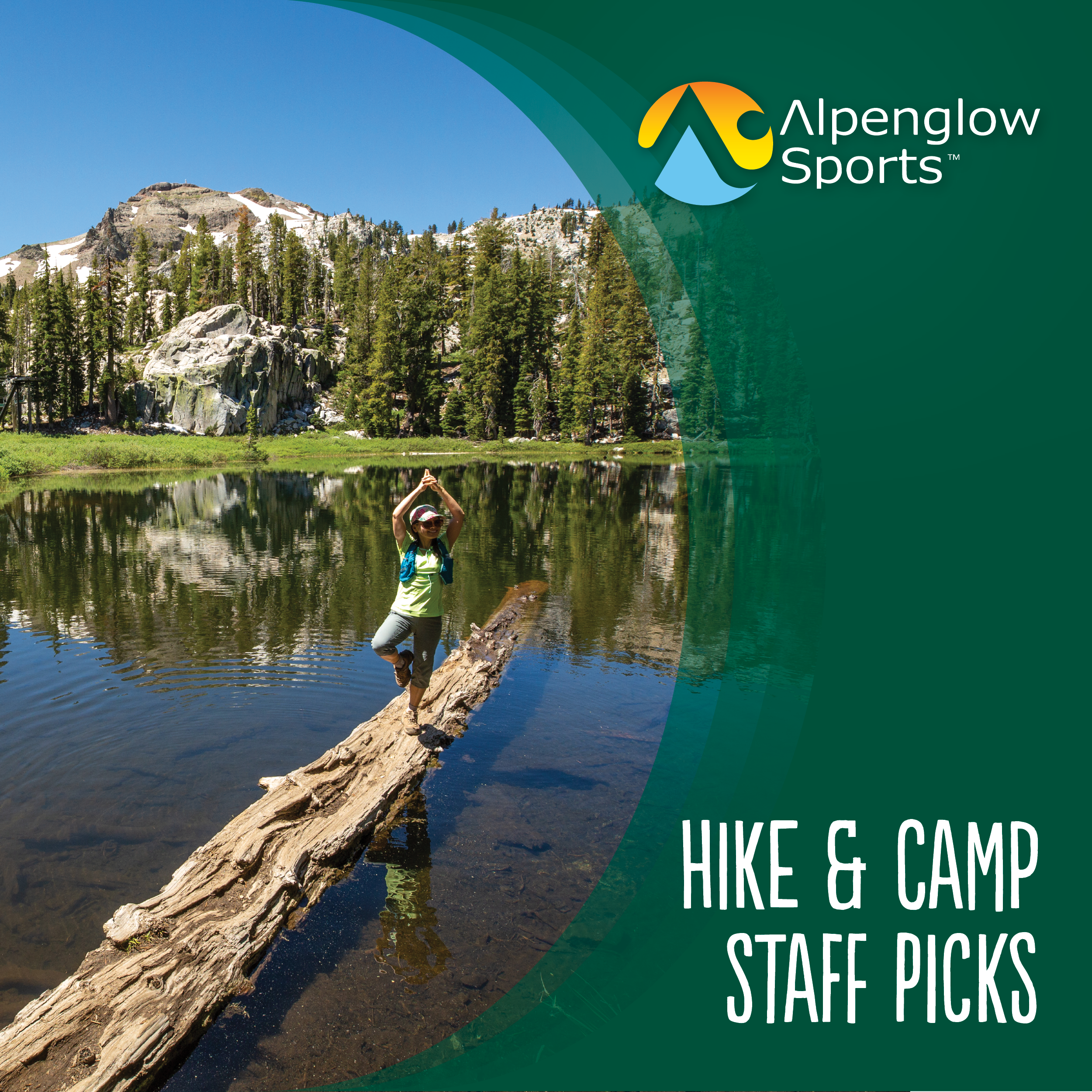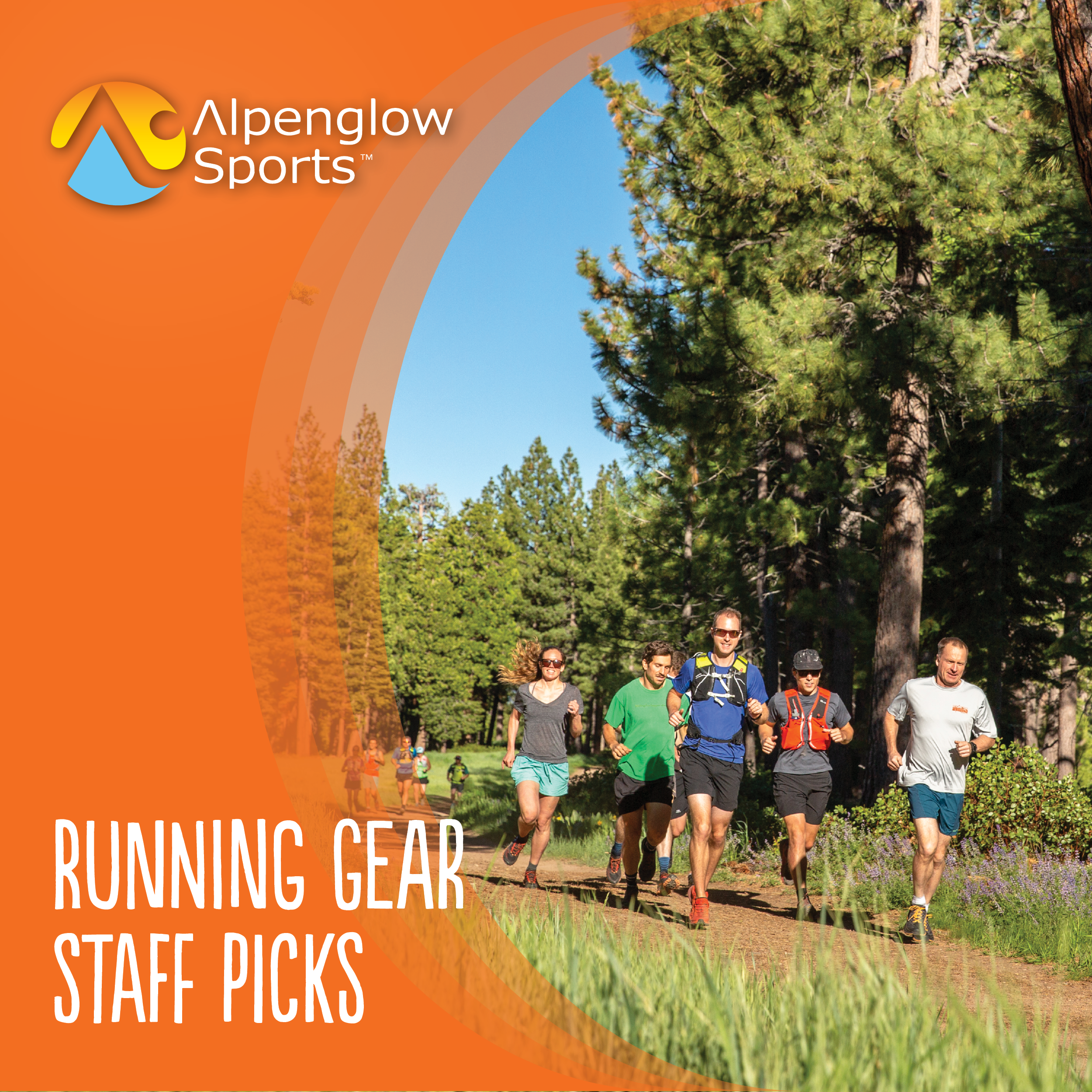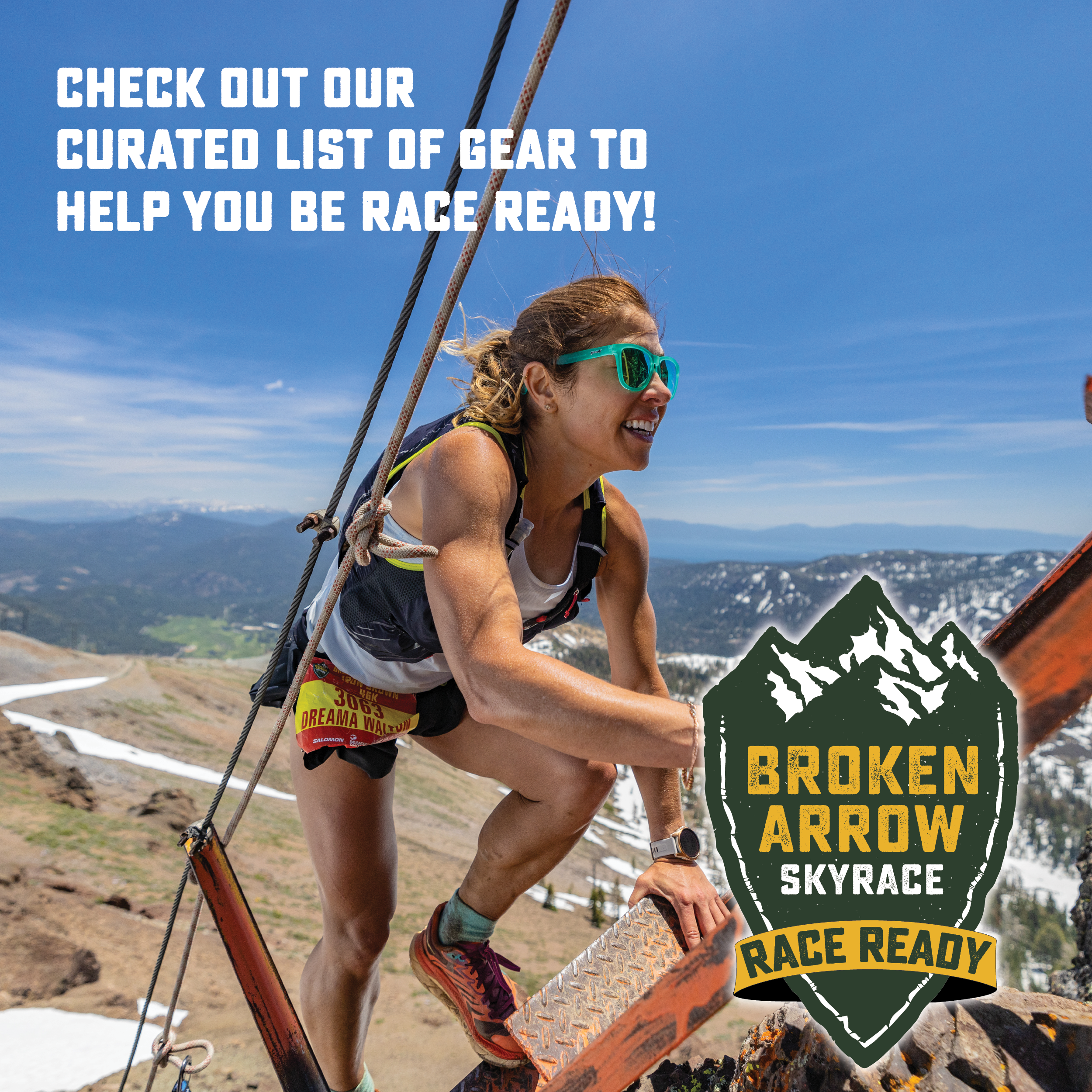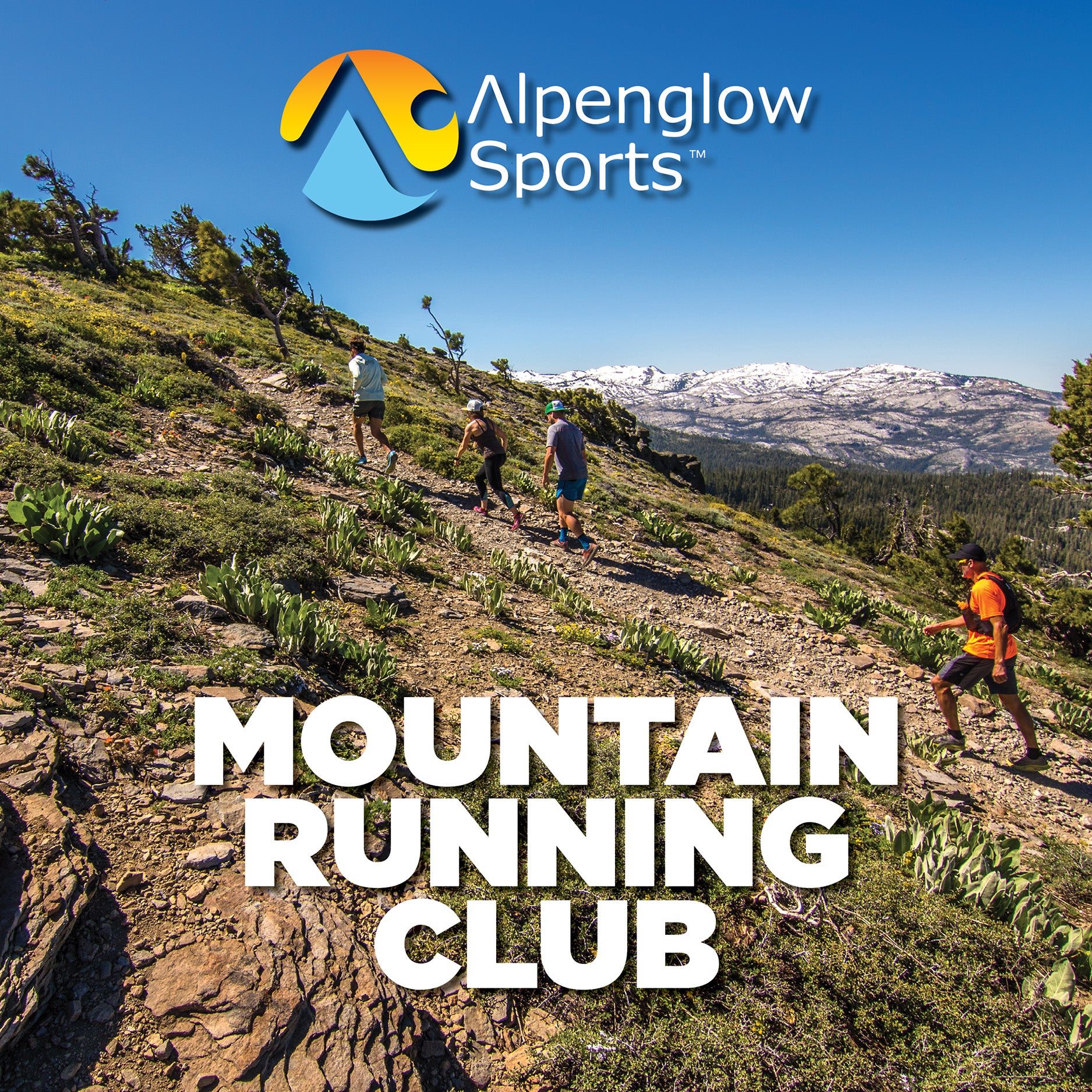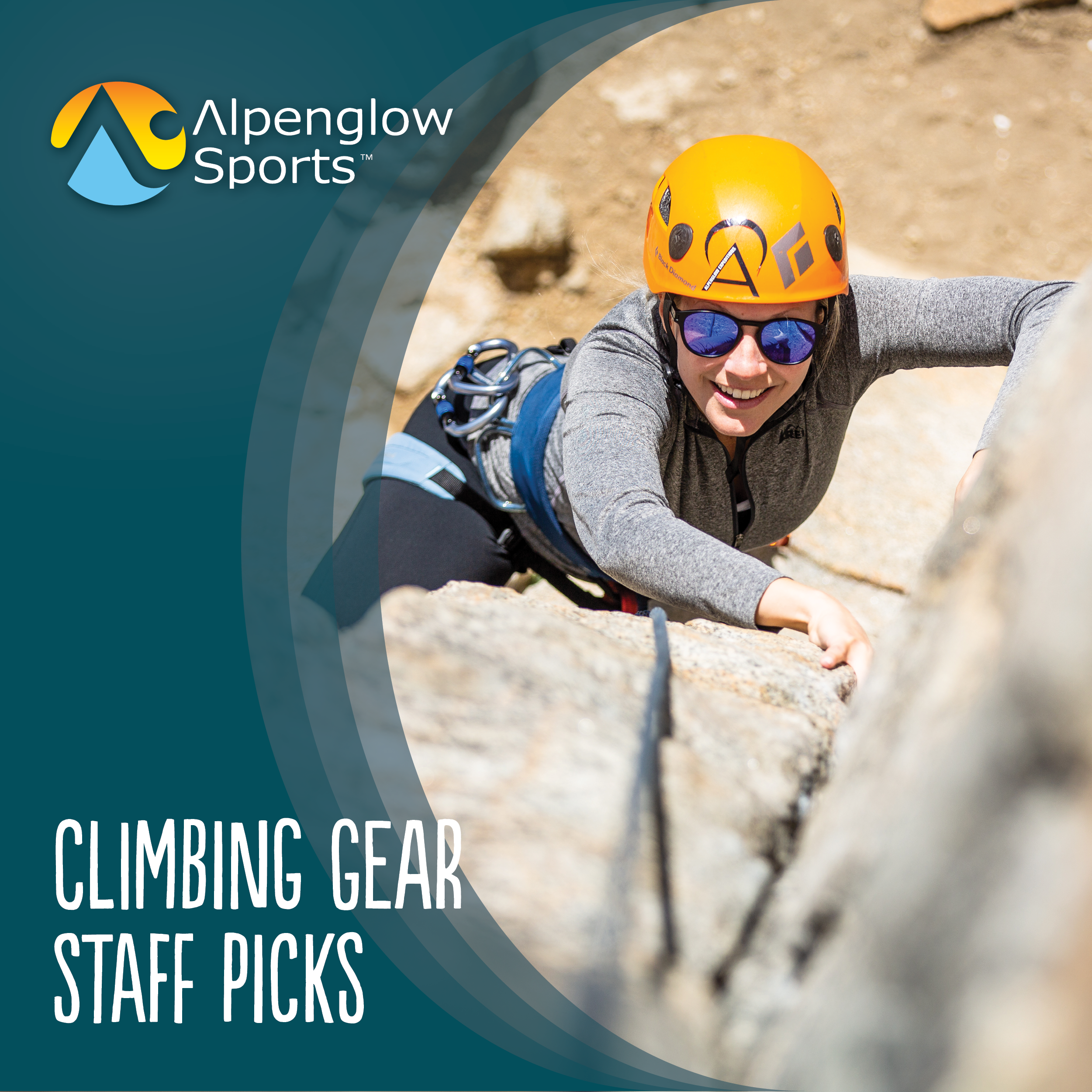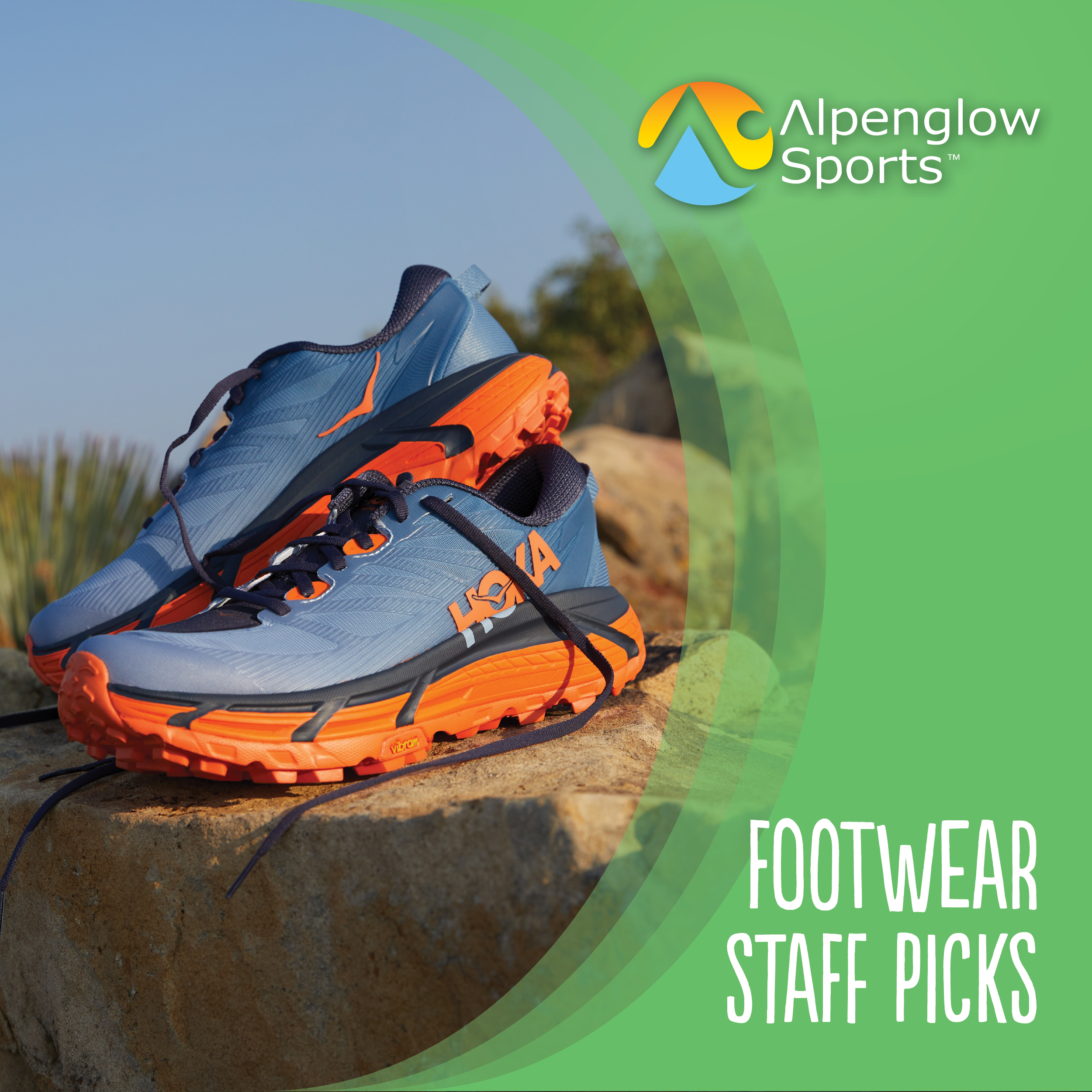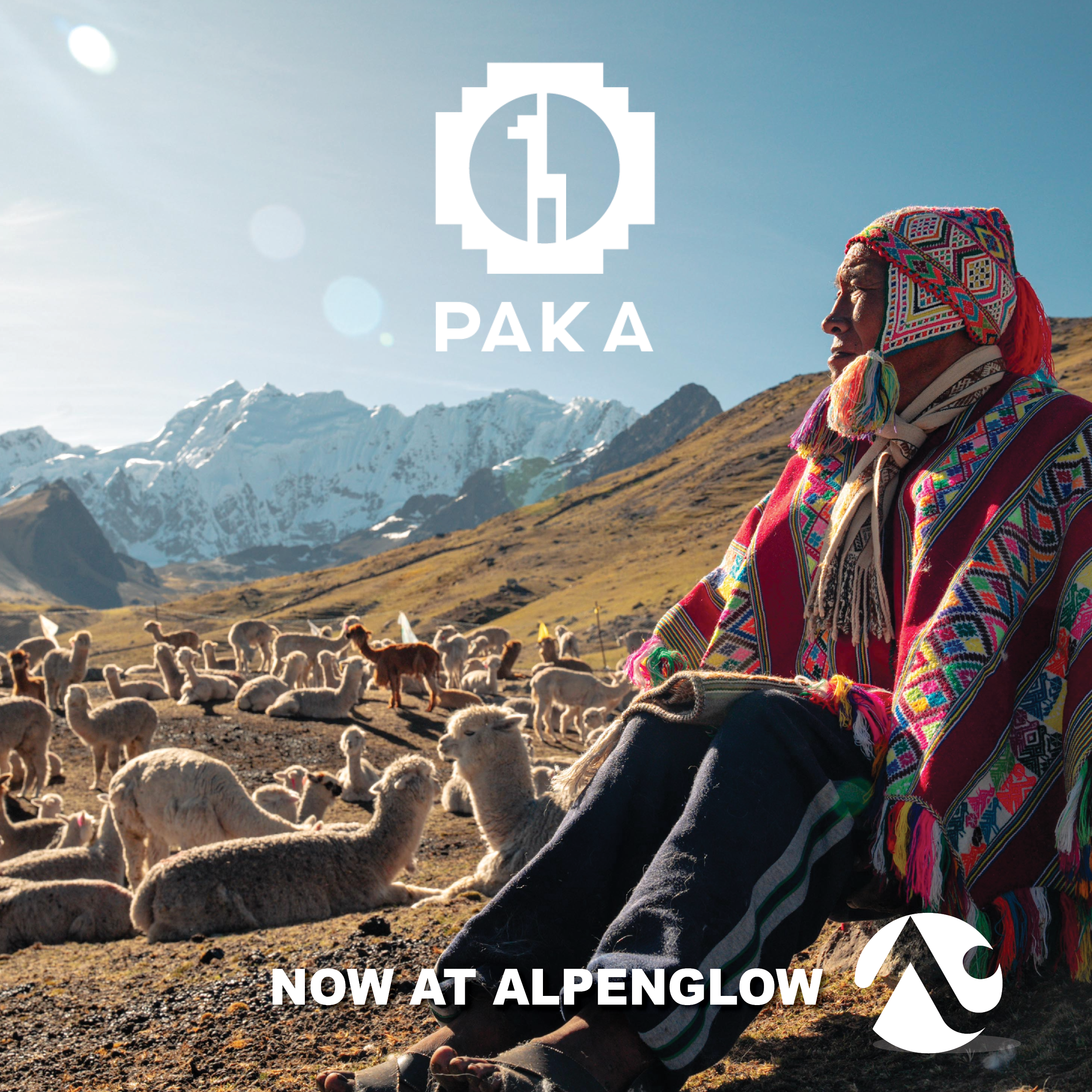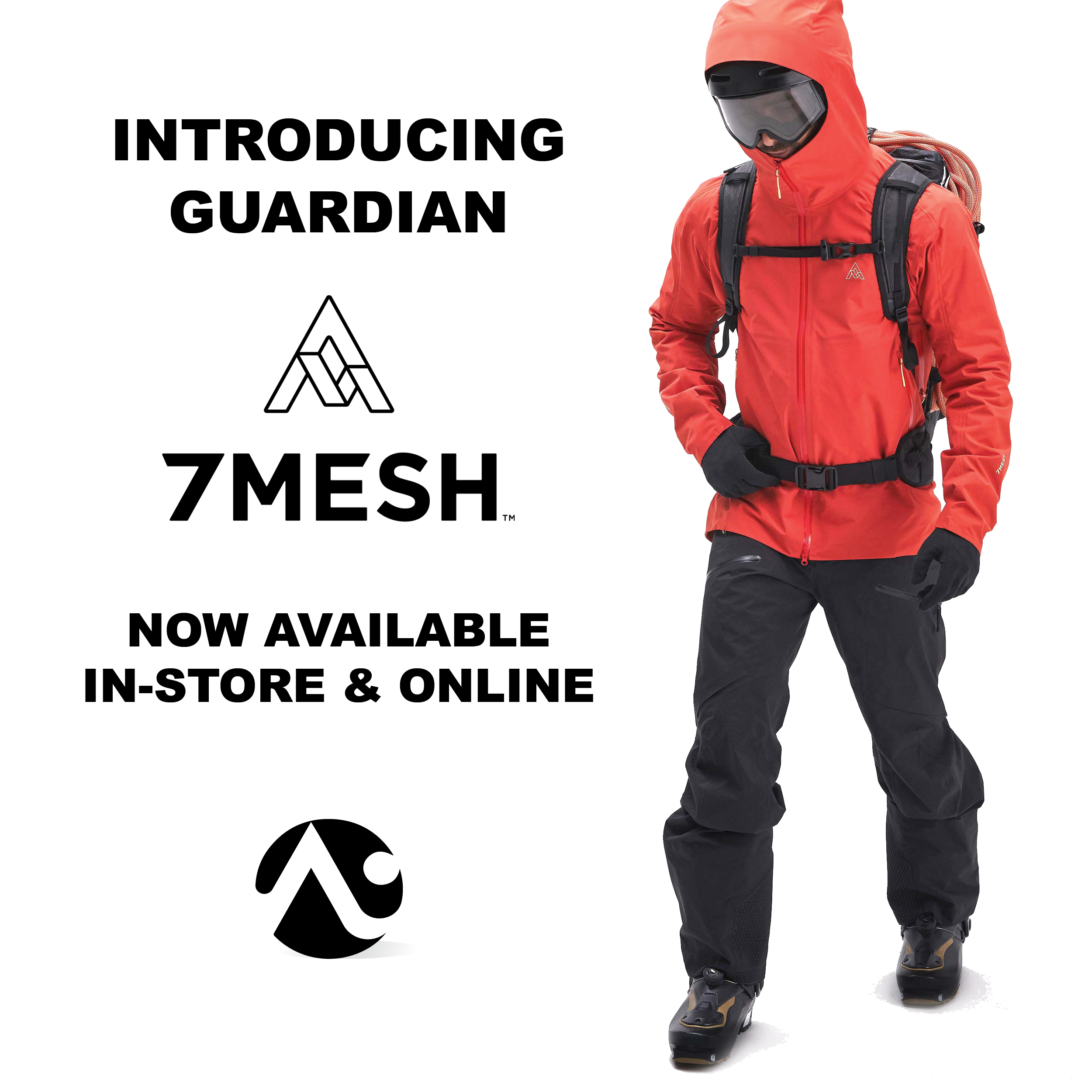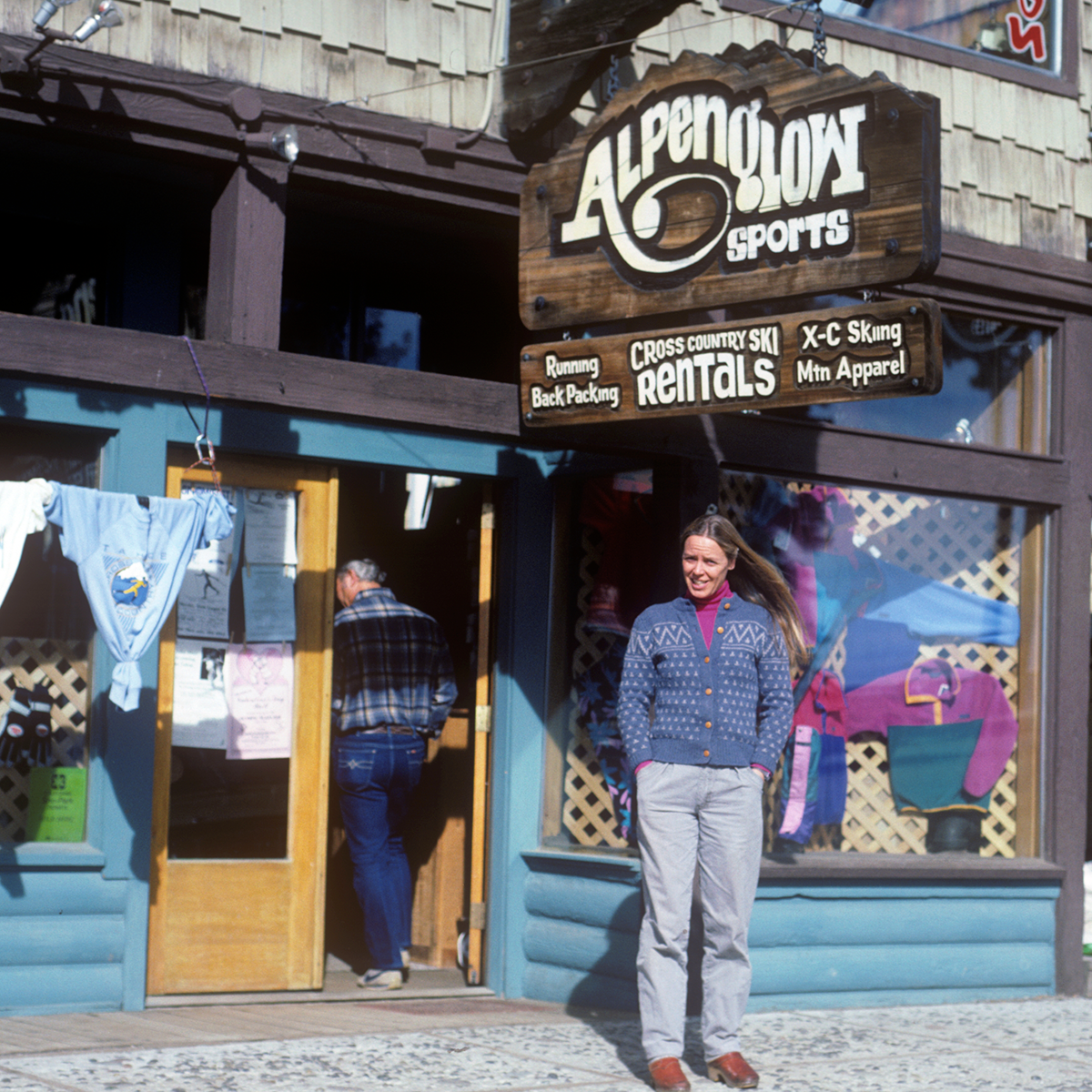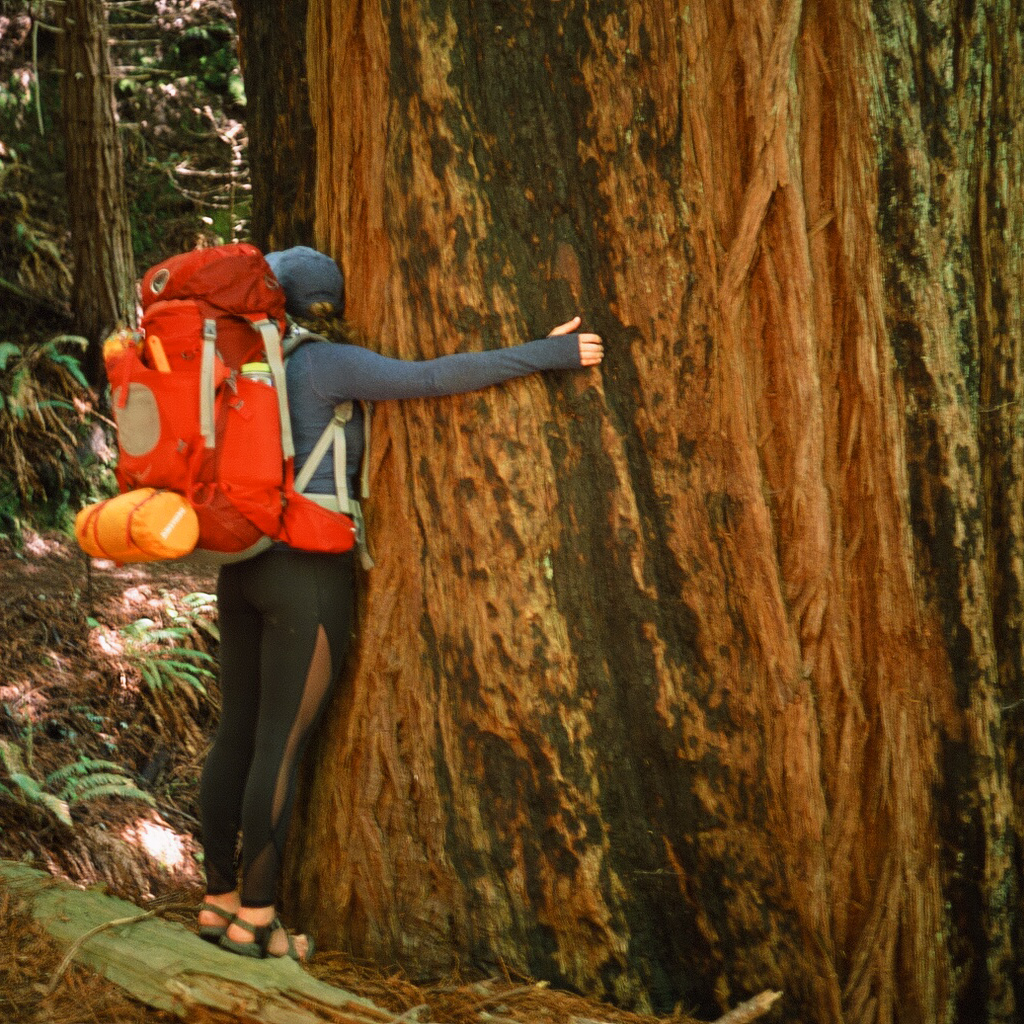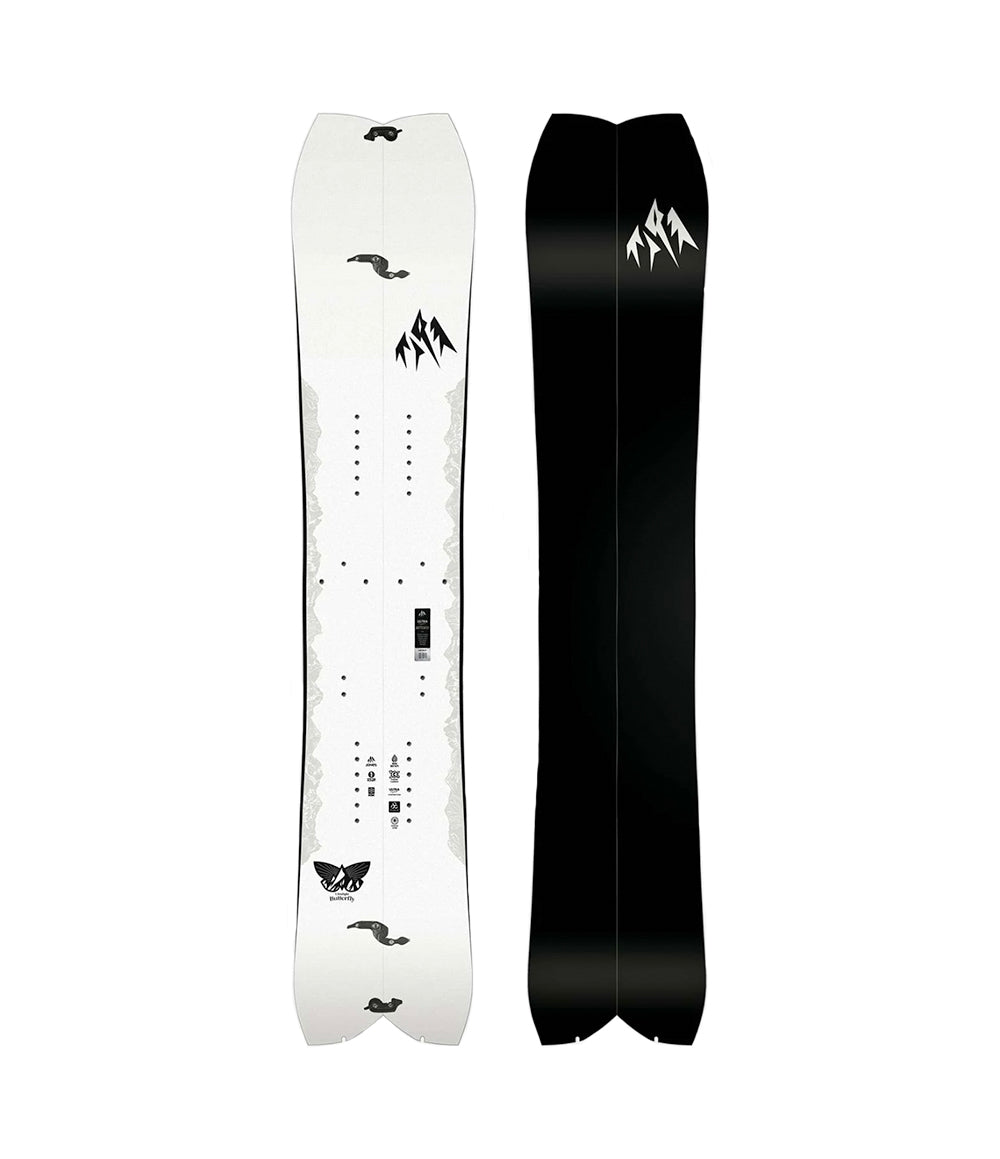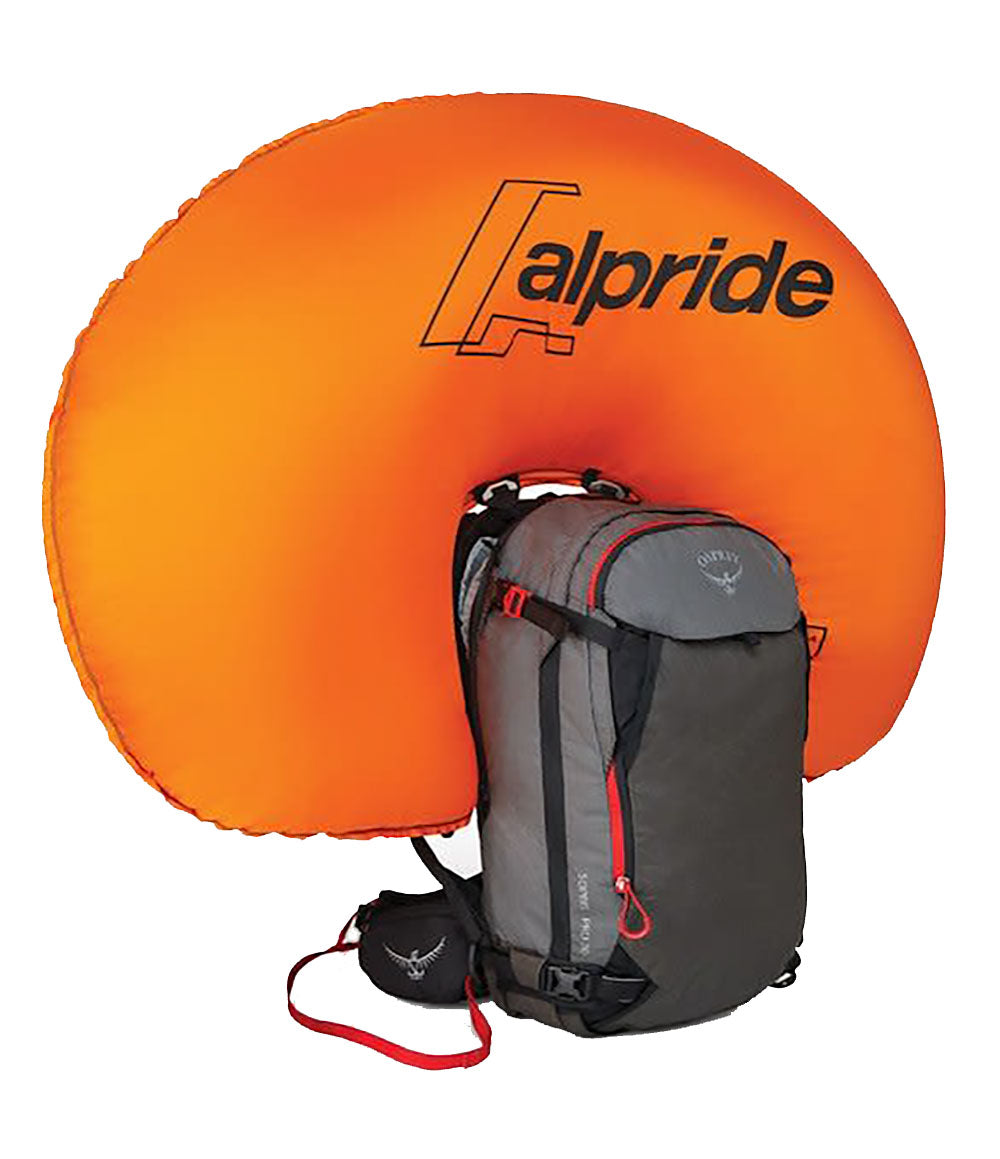Why Hardboots?
All softboot snowboard boots have lateral flex in the upper cuff. Lateral flex is what allows you to have a wider stance than your hip width without discomfort. Because the upper cuff of your boot can flex inwards towards the center of the board, you can have a super wide stance without having any misalignment or knee pain.
Hardboots do not have lateral flex in the upper cuff. And this is a huge benefit in the backcountry.
Hardboots’ Advantage in the Backcountry
A hardboot offers confident climbing by making it effortless to keep your skis flat while in the skintrack. I’ll use “skis” to mean the two individual boards you use when a splitboard is "split" for climbing. A softboot flexes laterally at the ankle so when you put your skis perpendicular to the slope, your boot flexes toward the downhill edge and your ski is no longer flat. It falls on your anatomy (ankle tendons and muscles in your lower leg) to counteract this flex and keep your ski flat. If you’ve ever had a hard time climbing on a splitboard, it’s because you had a lot of extra work to do!
Because a hardboot does not have lateral flex, the upper cuff of the boot remains rigidly upright and your ski remains flat. This is true no matter the density of the snow or the angle of the slope. These benefits are “built in” and automatic. You do not need to exert much, if any, physical effort to maintain a flat ski. If the snow is hard, a hardboot makes it easy to dig in your edges and get some purchase. If you need to change your ski angle relative to the slope, you do so with much bigger muscle groups in your knee and hip. These muscles are better suited to the challenge than the small muscles and tendons in your lower leg.
Two things happened when I started using hardboots: I stopped slipping in the skintrack almost immediately. Second, I stopped being easily fatigued from climbing. I actually noticed I seemed to fare better than even the skiers in my party. I still describe the feeling of climbing in hardboots as “my superpower.”
How Hardboots Work
We learned that hardboots don’t have the lateral flex you need to maintain a wide stance, so how do they work? Hardboot splitboard bindings, from Phantom and other brands, are “canted” inwards. Canted means that the bindings are angled towards the center of the board. This allows you to have a wide stance without discomfort. When you’re in ride mode, a set of canted bindings helps things feel similar to a softboot setup. When you’re climbing, you connect your hardboot to the toe piece of your splitboard and climb as normal.



